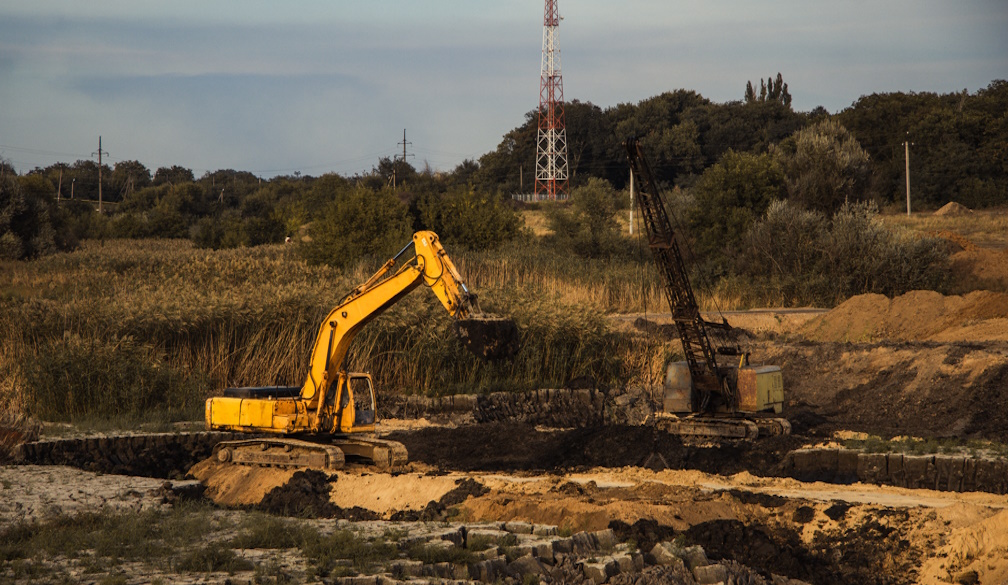Australia’s Mining Industry and the Role of Mining Equipment

Australia's mining industry is a cornerstone of its economy. With massive deposits of iron ore, coal, gold, lithium, and rare earth minerals, the country leads the world in mineral exports. At the heart of this success is the reliability, scale, and technological advancement of mining equipment Australia provides to its operations.
From autonomous haul trucks and drill rigs to crushing plants and underground loaders, mining equipment Australia delivers essential capabilities for productivity, safety, and sustainability. The right machinery reduces operational downtime, ensures regulatory compliance, and enables mining companies to operate efficiently in remote and demanding environments.
Key Categories of Mining Equipment in Australia
Australia’s mining sector uses a wide range of machinery. The most critical categories include:
Excavators and hydraulic shovels for large-scale digging
Dump trucks and off-highway haul trucks for material transport
Wheel loaders and dozers for moving and stockpiling material
Drill rigs for exploration, blasting, and production drilling
Crushers and screening plants for ore processing
Conveyors and stackers for bulk handling
Longwall machines and shuttle cars in underground coal mining
Each piece of mining equipment Australia employs is selected based on site conditions, ore type, and production targets. For open-cut mining, massive trucks and electric shovels dominate. For underground work, compact, low-profile machines are essential.
Technological Advancements in Mining Equipment
Modern mining equipment Australia uses is increasingly autonomous. Companies like BHP and Rio Tinto have implemented driverless haul truck fleets in the Pilbara region. These trucks operate around the clock, controlled from remote operation centres hundreds of kilometres away.
Drones, AI systems, real-time GPS, and predictive maintenance software are transforming how machinery is managed. These tools help reduce fuel consumption, monitor component wear, and prevent costly breakdowns.
Electric mining equipment is also gaining traction. Battery-powered loaders and haul trucks are being introduced to reduce carbon emissions, improve air quality in underground mines, and lower long-term fuel costs.
Major Mining Equipment Suppliers in Australia
The Australian market is supported by global equipment giants and local manufacturers. Caterpillar, Komatsu, Hitachi, Epiroc, and Liebherr supply most of the large-scale mining gear, while Australian-based companies offer specialised tools, attachments, and support systems.
Local suppliers understand the unique demands of Australian terrain and climate, offering rugged equipment tailored for heat, dust, and isolation. These companies also provide critical support such as field service teams, parts availability, and rapid repair solutions.
Buying vs Leasing Equipment in Mining
Capital investment in mining equipment Australia offers varies depending on project duration, site size, and company budgets. While large operators tend to purchase equipment outright for long-term cost efficiency, many smaller or mid-tier miners choose to lease.
Leasing offers benefits such as flexibility, lower upfront cost, and access to the latest technology without ownership risks. However, total cost over time can be higher. Choosing the right approach requires an understanding of the asset's lifespan, depreciation, and maintenance overheads.
Safety Features and Compliance Standards
Safety is a top priority in mining. Australian mining equipment must meet strict compliance standards. Rollover protection, fire suppression systems, isolation controls, and fatigue monitoring are standard in most modern machines.
Automation also contributes to safer work environments by removing operators from high-risk zones. Proximity detection systems, collision avoidance, and real-time telemetry protect both machinery and workers.
Manufacturers and suppliers provide thorough safety documentation, operator training, and service records to maintain compliance with the Mining Act and Work Health and Safety Regulations.
Equipment Maintenance and Lifecycle Support
Efficient maintenance is crucial for keeping mining equipment Australia depends on operating at peak performance. Scheduled servicing, oil sampling, wear tracking, and condition monitoring ensure reliability. Downtime can cost millions in lost production, making proactive maintenance non-negotiable.
Support contracts and extended warranties are offered by most OEMs and dealers. On-site mobile repair teams, remote diagnostics, and warehousing of spare parts help reduce disruption in isolated mining zones.
Sustainability and Future Outlook
As the mining sector faces pressure to reduce its environmental impact, the role of mining equipment Australia uses will continue to evolve. Electrification, energy efficiency, and automation will dominate future developments. The focus is shifting from raw horsepower to intelligent performance.
Hybrid drive systems, hydrogen-powered machinery, and emission reduction retrofits are already being trialled. Australian mining companies are also partnering with OEMs to design site-specific equipment that meets sustainability and safety goals.
Conclusion
Mining is one of Australia's most important industries, and it is powered by world-class machinery. The future of mining equipment Australia is not only bigger and more powerful—but smarter, safer, and more efficient. Whether it's through automation, sustainability, or robust maintenance, having the right equipment strategy is key to staying competitive and compliant in a fast-changing global market.

